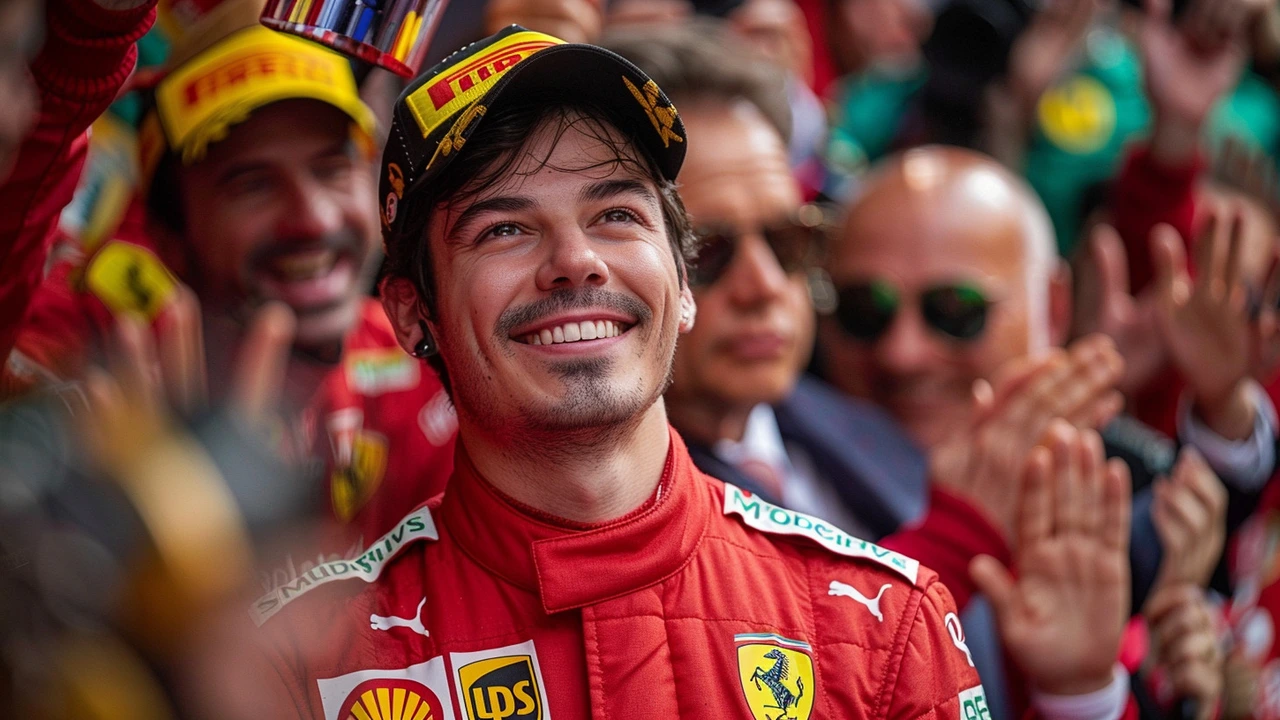F1 race: How to watch, what to expect, and how to enjoy the weekend
Expect the unexpected: weather, safety cars, and clever pit calls often decide an F1 race more than outright speed. If you want to enjoy the weekend, knowing the schedule, the key rules, and where to watch makes the whole thing less stressful and way more fun.
Most race weekends follow a rhythm. Friday is for practice sessions — teams test setups and tyre choices. Saturday usually has final practice and qualifying, which sets the grid. Some events add a sprint race on Saturday that changes Sunday’s order. Sunday is race day: build-up starts early, with warm-up laps, grid interviews, and tyre choices announced before the lights go out.
Watch live and streaming options
To catch every lap, use official streams or trusted broadcasters. F1 TV Pro offers live timing, onboard cameras, and full race streams in many countries. In Africa, SuperSport often carries live coverage; local broadcasters or MultiChoice partners may show highlights. In the US, ESPN and streaming services cover most races. Check local schedules because rights and blackouts vary by country. If you travel, download the app and set local-time alerts so you don't miss sessions.
Simple race weekend guide and tips
Tickets and travel: book early for popular tracks. Arrive at least two hours before the race to clear security and find a good spot. Use public transport where possible — many circuits run shuttle services. Bring ear protection, a hat, sunscreen and a small refillable water bottle if allowed. If you have kids, pick seats with easy exits and shaded areas.
Understanding tyres: races use three compounds at each event — soft, medium and hard — plus intermediates and full wets for rain. Softer tyres are quicker but wear faster. Teams plan pit stops around tyre life and track position. Watch how long leaders stay out after a tyre change; it tells you whether they’re saving tyres or chasing pace.
Key rules to watch: DRS (Drag Reduction System) helps overtaking in designated zones when a car is within one second. Safety cars neutralise gaps and often create tense restarts. Penalties for track limits, unsafe releases, or blocking can drop a driver after the race, so post-race results sometimes change.
Follow live data: use the official F1 app or timing sites for lap times, sector splits, and tyre info. Onboard cameras and team radio clips add drama — they show real-time decisions and pressure. For quick updates, follow team accounts and a few reliable journalists on social media.
Night races and time zones: some Grands Prix run at night or in time zones that suit Europe or Asia. If you’re in Africa, many races air in the afternoon or late evening. Night events cool the track fast, changing grip and tyre wear, which often makes strategy less predictable.
Best circuits and fan zones: Monaco is spectacle with limited overtaking; Monza, Spa and Silverstone give high-speed battles. Many tracks host fan zones with driver appearances, simulators and food stalls — great for meeting other fans. For close action, aim for seats near Turns 1 or the final chicane where heavy braking produces battles.
Reading the timing screen: watch sector times to see where cars gain or lose time. Purple sectors mean fastest, green means improving. A sudden purple sector usually signals a car on a flying lap or on fresh tyres.
Fantasy and small bets: back drivers who qualify well and show consistent tyre life in practice. Track history matters — some drivers and teams do better at certain circuits. Weather forecasts are a big edge: a wet race often produces surprise podiums. Pick a driver to follow, learn a few team radio phrases, and enjoy how strategy unfolds. An F1 race is as much about split-second calls and planning as it is about speed.
Charles Leclerc Clinches Victory at Monaco GP After Dramatic First-Lap Crash Involving Perez and Others
Charles Leclerc triumphs at the Monaco Grand Prix, securing his first Formula 1 victory in nearly two years. The race saw a dramatic red flag after a first-lap crash took out Sergio Perez and two other drivers, leading to a 40-minute delay. Leclerc's skillful tire management led him to an 8-second lead, marking his first podium finish at his home race.
